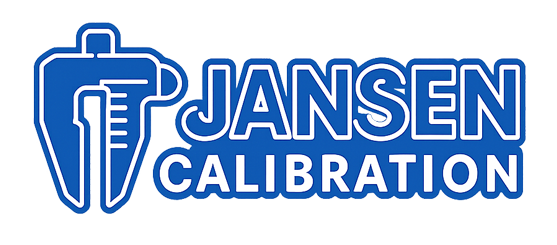No products in the cart.

Originally published: September 13, 2019
Last updated: July 2025 — Revised to include the latest torque calibration standards, digital torque tool advancements, and enhanced QA protocols for mechanical industries.
🆕 2025 Update: Smarter Torque Solutions and New Industry Demands
In 2025, torque measurement and calibration have evolved significantly with digitalization and smart factory integration. Here are key updates:
🔧 New Features in Torque Tools
Digital torque wrenches with OLED displays and wireless data transmission.
Real-time error logging and pass/fail alerts on handheld units.
Data traceability and batch logging, ideal for ISO 9001/17025 audits.
Bluetooth & IoT integration allowing syncing with MES/ERP systems.
Angle-sensing torque devices for precision tightening in automotive and aerospace applications.
Popular Models in 2025:
Norbar T-Box 2 Series – A complete torque and angle measurement platform with touchscreen interface.
Mountz EZ-TorQ III – Portable torque analyzer for tool verification and calibration.
Gedore Dremometer Digital – Suitable for final assembly torque QA.
🛠️ Calibration Standards & Compliance in 2025
Torque tools must meet stringent calibration standards such as:
ISO 6789-2:2017 for hand torque tools.
ASME B107.300 for torque instrument performance.
ISO 17025 compliance for accredited lab calibration.
Maintaining up-to-date calibration intervals, traceable certificates, and historical usage data is now considered best practice—especially in regulated industries like aerospace, defense, and automotive manufacturing.
🔗 Internal Links:
Torque measurement is an essential aspect of mechanical engineering, automotive assembly, and aerospace production. Accurate torque control ensures the integrity of fastened joints, structural safety, and product longevity. This article explores modern torque measurement tools, their applications in industrial settings, and how proper calibration plays a vital role in maintaining product quality.
🔩 Why Torque Accuracy Matters
In industries where bolts, screws, and fasteners are used to hold mechanical assemblies together, improper torque can cause:
Component failure due to overtightening
Loosening under vibration if under-tightened
Warranty issues, recalls, or compliance violations
Standards such as ISO 6789, ASME B107.300, and DIN EN ISO 5393 define the expected performance, tolerances, and calibration frequency for torque tools used in quality-critical operations.
🔗 Internal Link: Measurement Tools Guide: Understanding Accuracy, Resolution, and Precision
⚙️ Types of Torque Tools & Their Applications
Click-Type Torque Wrenches
Popular in automotive and light manufacturing. They produce an audible “click” when the preset torque is achieved.Dial Torque Wrenches
Offers precise visual readings and is commonly used in aerospace and QA labs.Digital/Electronic Torque Wrenches
High-accuracy tools with programmable features and data output for traceability.Torque Screwdrivers
Used in electronics manufacturing for precise low-torque applications.Torque Testers and Analyzers
Benchtop devices used for calibration and QA of torque tools. They provide real-time readings, graphs, and memory logging.
🛠️ Popular Torque Calibrators on the Market
At JansenCalibration.com, we offer reliable solutions from trusted brands:
Norbar Torque Tools ET2-119-7000-230 – Electronic Torque Multiplier 7000Nm,1-1/2Dr.,230V
Norbar Torque Tools 16031.X – PT1 Remote,Pneumatic Torque Multiplier,120-500lbf.ft,3/4
Additel AM1762-20-ADT-17025 with Torque Accessory – Multi-purpose calibration platform adaptable to torque with accessories.
🔗 Internal Link: Shop Torque Testers & Calibrators
🧪 Calibration Intervals and Best Practices
To maintain compliance and reliability:
Calibrate torque tools every 5,000 cycles or every 6–12 months.
Store tools in temperature-controlled environments to avoid spring degradation.
Avoid dropping or mishandling torque wrenches as it affects calibration.
Use traceable weights and certified standards during calibration.
🔗 Internal Link: Calibration Systems
📋 Torque Measurement in Compliance Audits
In sectors like aerospace, energy, and pharmaceuticals, torque control is often part of mandatory quality checks. Regulatory agencies expect complete documentation that includes:
Calibration certificate with measurement uncertainty
Equipment traceability to NIST or equivalent
Torque application SOPs
Failure to present proper records can lead to failed audits and costly non-compliance consequences.
✅ Conclusion
Precision torque measurement is more than just tightening bolts—it’s a cornerstone of mechanical safety and quality assurance. Whether you’re assembling engines or validating medical equipment, the right torque tool—calibrated and certified—ensures reliability and compliance.
JansenCalibration.com offers an extensive range of torque measurement instruments, professional calibration services, and expert support to help you meet industry standards.
